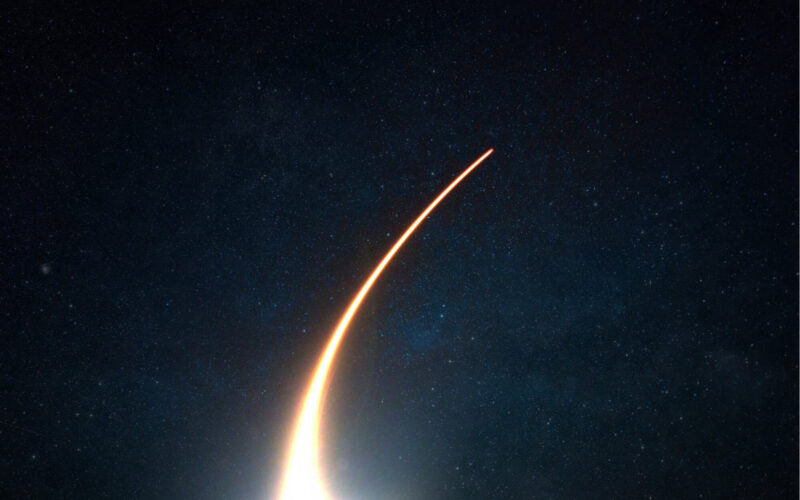According to sources quoted by the Financial Times, China has tested a hypersonic orbital glider with nuclear capacity in August 2021.
With concerns about the weaponization of space increasing, the United States, Russia and China are all accusing each other of disturbing the relative peace of space, while also developing their own capacity.
In September 2021, the secretary of the United States Air Force Frank Kendall raised concerns that China could be developing a “first strike” nuclear capability from space, without providing more details.
A report by the Financial Times, citing sources familiar with US intelligence, does give more insight into China’s mysterious space weapon program.
Suspicions arose when the China Academy of Launch Vehicle Technology reported the 77th launch of the Long March 2C rocket on July 19, 2021, and the 79th on August 24, 2021.
Sources claim that the 78th launch was in fact dedicated to carrying a hypersonic glider into low orbit, hence its secrecy.
Hypersonic gliders use a boost-glide launch system. First, a rocket propels the weapon, before the payload glides to its target at hypersonic speed. Compared to a ballistic missile, this weapon would have an unlimited range and be much harder to spot and intercept due to its maneuverable, and thus unpredictable trajectory.
According to the sources, though the weapon missed its target by a few miles, the mission was a success. “The test showed that China had made astounding progress on hypersonic weapons and was far more advanced than US officials realised,” the British media outlet said.
Asked about the report, the Chinese Ministry of Foreign Affairs denied having tested a weapon, saying instead that the launcher was carrying a reusable spacecraft. “This test was a routine spacecraft experiment to verify the reusable technology of spacecraft, which is of great significance for reducing the cost of spacecraft use,” a ministry spokesperson said in a press briefing, quoted by CNN. “What separated from the spacecraft before returning was the supporting equipment of the spacecraft, which was burned and disintegrated in the process of falling into the atmosphere and landed in the high seas.”
It is not the first time that US officials have expressed concern regarding the ramping up of space capability from the Chinese military. In April 2021, the US Office of the Director of National Intelligence reported that “Beijing is working to match or exceed US capabilities in space to gain the military, economic, and prestige benefits that Washington has accrued from space leadership.” In 2014, China successfully tested a similar glider called the DF-ZF, which reached a speed of Mach 10.
Cold War déjà-vu?
The 1967 Treaty on Principles Governing the Activities of States in the Exploration and Use of Outer Space, including the Moon and Other Celestial Bodies, known as the Outer Space Treaty, prohibits the installation of nuclear weapons or any other form of weapon of mass destruction in Earth’s orbit, including stockpiling them on the Moon or any other celestial body, or in outer space.
That aspect of the treaty, however, was circumvented at least once during the Cold War, when the Soviet Union developed the OGCh system, also known as the Fractional Orbital Bombardment System. The argument was that as the weapon was only executing a fractional orbit, and not a full orbit, it did not violate the treaty.
The second round of Strategic Arms Limitation Talks between the United States and the Soviet Union, which took place from 1972 to 1979, culminated with the SALT II treaty. The agreement did specifically prohibit the development of weapons using fractional orbits. Signed by both parties, it was never ratified by their respective parliaments. Its conditions were however honored, and the OGCh was dismantled in 1983.

